Podcast #2: Jeff Moyer (DC Sports Training) on 1×20, Vision Training, and Warm-Ups
Notes: On the 1×20 System: “What is the least amount we need to do to get the highest result we need?” “The most minimalist approach I know of… the 1×20 system.” At Hamilton College, half did 5/3/1 Vertical Integration, half did 1×20. Every 8-weeks, vertical jumps and single-leg broad jumps… after about 24 weeks, I…
Podcast #1: Terrence Kennell (TK) on sports preparation, nasal breathing, and running
Notes The push-pull dynamic between S&C and AT and how it differs with rugby: “Every team will have a rehab coach, that person is that middle ground communication between the two departments.” Agility training: Basically playing games, “constantly changing the rules of the game.” On your feet-based sports: “At the end of the day, running…
Thoughts 7
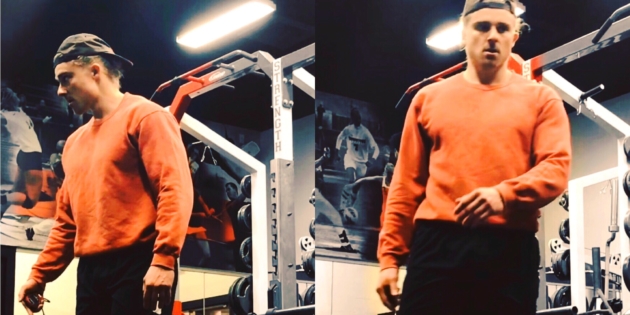
Injury Reduction Strategies – Do these actually work the way we think they work (e.g. reinforcing good movement patterns, strengthening joint stabilizers, lengthening ‘tight’ tissues) or do they work because they take away from the volume of weight room/sport practice? If athletes have 90 minutes to practice and you take 30 minutes to static stretch,…
3 Concepts for Juicy Tendons
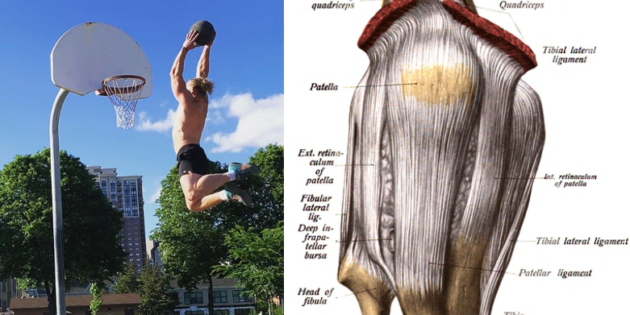
I had Patellar Tendinopathy in my early 20s. For 3 years, I couldn’t dunk, squat, or play basketball without pain. Doctors told me to rest. This did not work. LOADING my tendons worked and now I rarely have issues. I wish I had known the following information years ago. 1) Tendons are not Ligaments Tendons…
Thoughts 6
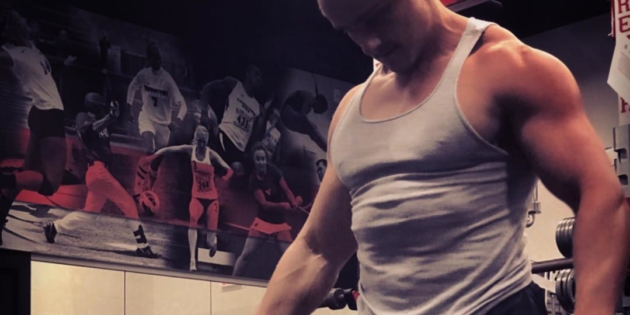
The two camps in S&C: On the one side, it is about putting athletes through high volume/high intensity training so that they become more robust and better able to deal with high levels of stress. On the other side, it is about minimum effective dose, doing as little volume/intensity as possible while still making progress.…
Thoughts 5
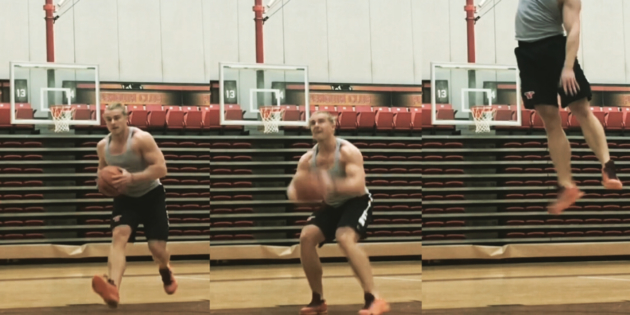
Conversation with an Athletic Trainer: When someone comes in with injury or pain (this is very contextual), we are quick to say it’s because they are weak. Do all athletes really need to get stronger in the traditional sense or can injury/pain be a neurological issue? A ‘weak’ hamstring can often be strengthened immediately with…
Thoughts 4
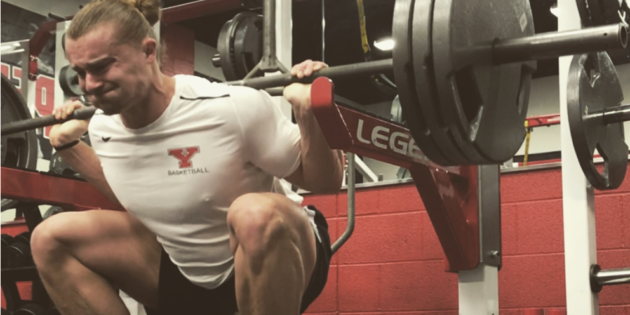
Apathy is a terrible quality to possess. Forcing energy – If a drill/exercise is actually engaging, then energy doesn’t need to be forced. Do athletes need to cheer each other on during a snap down or layup line? No. If they are maxing on squats, energy will come naturally. If they are executing a competitive drill,…
Muscle Remembers: Why Gains Come Back Easy After Time Off
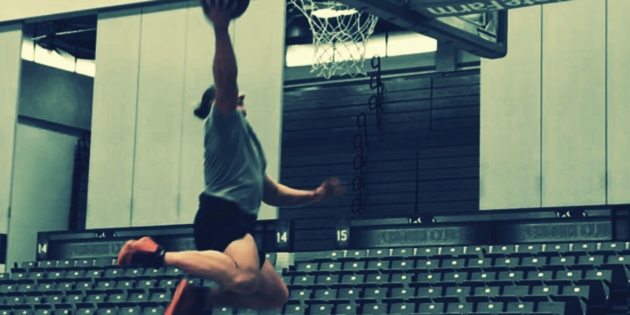
If you take time away from lifting, what will happen to your gains? And when you get back to training, how long will it take to get your muscle back? Researchers at Keele University looked into these questions. Hypothesis Skeletal muscle ‘remembers’ periods of muscle growth, making it easier to gain back muscle after taking time…
Speed Strength: 10 Takeaways
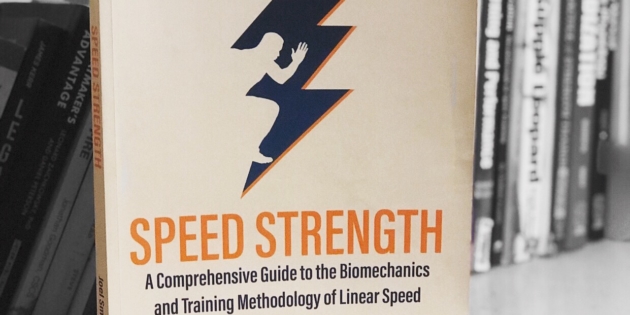
From Joel Smith’s book: Speed Strength: A Comprehensive Guide to the Biomechanics and Training Methodology of Linear Speed 1) “Athletic posture” seen in all primal movements (acceleration, jumping, top-end speed, and Oly lifting second pull) is not what is traditionally taught Joel and Adarian Barr say athletic posture has a few features: 1) the xiphoid forward,…
Thoughts 3
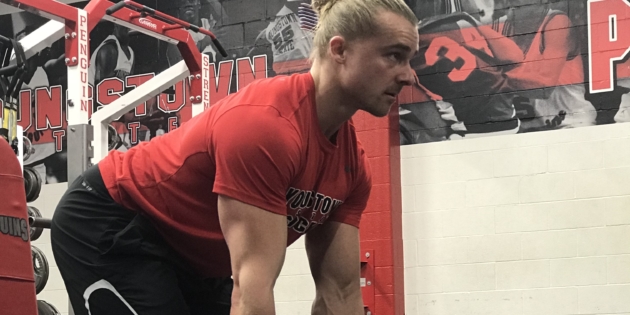
Post-Activation Potentiation (PAP): Do we need to use general fitness means (linear sprints, jumps, med ball throws) or can we execute a few short, maximal effort football, basketball, tennis, etc. game scenarios? The latter would be better because game technique and tactics would be used. We can’t use training means from ‘back in the day’ because…


